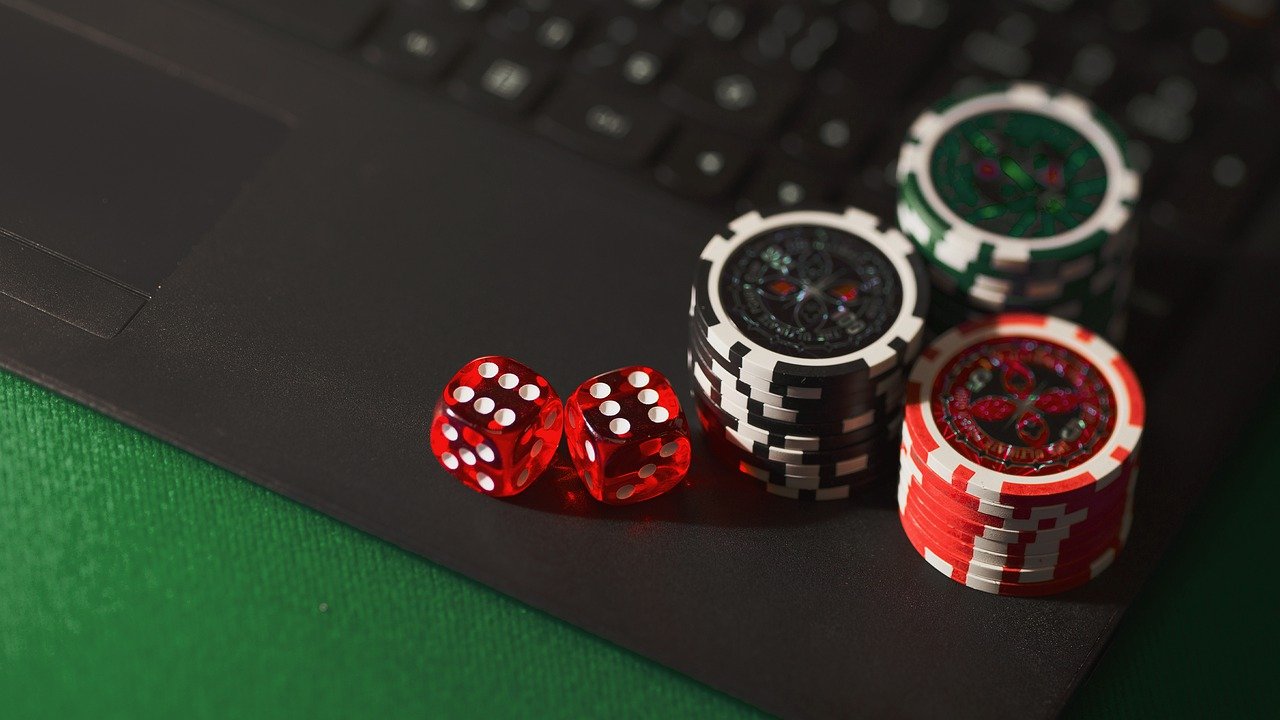A bluffing game known as “Pochen” was popular among the Germans as early as the fifteenth century. Later, a French adaptation known as “Poque” was created from it, and Mississippi riverboats finally brought it to New Orleans and performed it there.
The game was improved upon in the 1830s and changed to poker. A crucial card drawing rule was adopted during the Civil War to strengthen the hand. Around the same time, the variant called Stud Poker was introduced. Poker comes in various variations and is played in homes and countless poker rooms at renowned casinos. Poker can be played for a few cents in a social setting or for thousands of dollars in tournaments.
Poker involves a lot of luck, but it also demands tremendous skill, and each player is the master of their fate.
PACKAGING
utilizes a regular 52-card deck with one or two wildcards on occasion. Although poker is a one-pack game, the most refined players now play in practically all clubs and games that use two different colours to speed up play. The other package is shuffled and ready for the subsequent transaction when one is split. The steps are as follows for the two packs: The previous dealer gathers all of the cards from the pack he dealt, shuffling them before setting them all to the left while the store is busy. The mixed lid is given to the following dealer when it’s time to finish the subsequent transaction. When two packs are used, the opponent’s left opponent frequently slices the pack rather than the right opponent.
All players are free to request new cards at any time, and clubs typically replace our cards regularly. Both packs will be changed when new cards are issued, and the new packs’ seal and cellophane wrapper will be hidden from everyone’s eyes.
VALUES ON CARDS / SCORING
A player familiar with the values of poker hands and the fundamentals of betting may play any poker game without any issues, even if poker is played in various forms. A poker hand, except for some game variations, consists of five cards. Rankings for various poker hand combinations range from none to five of the five categories (highest):
The highest hand possible is five of a kind, which only happens in games when at least one card is a wild card, such as when playing with a joker, two one-eyed jacks, or four deuces. Four tens and a wild card, or two kings and three wild cards, are two examples of five suits.
When only the regular pack is utilized, and there are no wildcards, the natural flush is the highest hand that can be obtained. Five identical-length cards make up a straight flush, such as the 10, 9, 8, 7, and 6 of hearts. For a single suit, the highest straight line is A, K, Q, J, and 10. This combination is known as a Royal Flush or Royal Direct Flush. Splitting this hand has a chance of one in almost 650,000.
The straight suit is the highest hand, while the second highest hand is four of a kind. Four aces or four threes are two examples. Regardless of what the fifth unique card is.
Whole House: This striking combination of three cards of the same value and two different cards, such as three 8s and two 4s or three aces and two 6s, is known as a whole house.
Five cards in the same suit, but not consecutively, make up a flush. Q, 10, 7, 6, and 2 clubs, for instance.
Five cards in a row, but not all the same, is straight—for instance, 9, 8, 7, 6, and 5.
Three of a Kind: This combination has three cards of the same rank and two more cards, each of which is placed differently, such as three sockets, seven, and four.
A pair of one and the other better, as well as any fifth card of a different rank, such as a Q, Q, 7, 7, or 4, are all included in this hand.
Only One Pair: Of the four cards in this face-down hand, only one pair is of the same level as the other three. Examples include 10, 10, K, 4, and 3.
No pairs are present in this typical hand. There are no pairs among the five cards, and none of the five is of the same suit or consecutive cards. A hand with an ace as its highest card beats one with a king as its highest card, and so on if more than one player does not have a pair.
Since suits have no relative significance in poker, two identical hands, card by card, are equal. The pot was divided equally, in this case, by the players. Keep in mind that the winner of a hand is determined by the cards placed in the following hand if two hands have the same major pair. For instance, 9, 9, 7, 4, 2, 9, 9, 5, 3. The fifth card is also used to determine the outcome of two hands with identical pairings. For instance, J wins with Q, Q, 6, 6, and 10.




